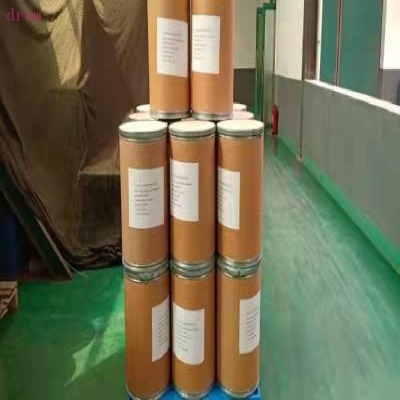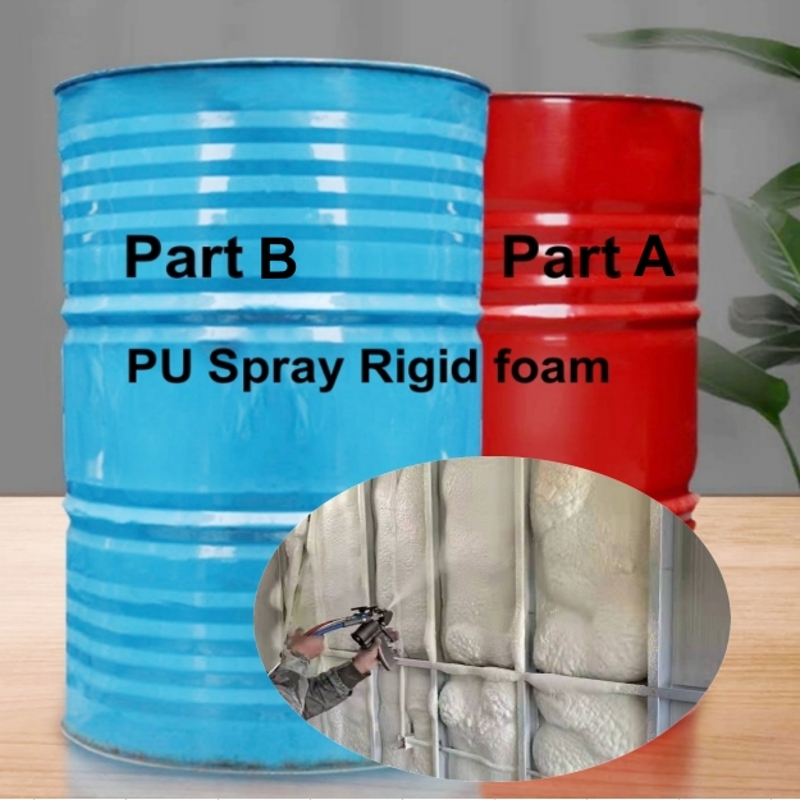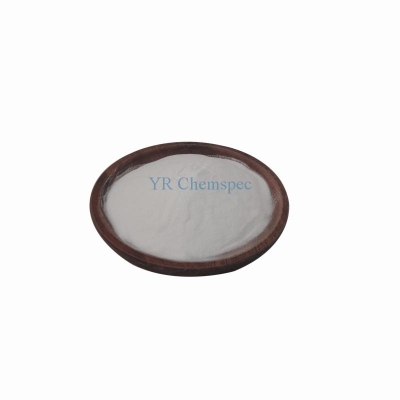-
Categories
-
Pharmaceutical Intermediates
-
Active Pharmaceutical Ingredients
-
Food Additives
- Industrial Coatings
- Agrochemicals
- Dyes and Pigments
- Surfactant
- Flavors and Fragrances
- Chemical Reagents
- Catalyst and Auxiliary
- Natural Products
- Inorganic Chemistry
-
Organic Chemistry
-
Biochemical Engineering
- Analytical Chemistry
- Cosmetic Ingredient
-
Pharmaceutical Intermediates
Promotion
ECHEMI Mall
Wholesale
Weekly Price
Exhibition
News
-
Trade Service
4 Test method
4.
Some test procedures specified in the test method may lead to dangerous situations, and the operator should take appropriate safety and protective measures
4.
The reagents and water used in this standard refer to analytical reagents and the tertiary water specified in GB/T6682-2008 unless other requirements are indicated
The standard titration solutions, preparations and products used in the analysis, unless other requirements are specified, are prepared in accordance with the provisions of GB/T601-2002, GB/T602-2002 and GB/T603-2002
4.
Add laboratory samples to the colorimetric tube with stopper, and visually inspect it under fluorescent light or sunlight
4.
Measure according to the method specified in GB/T3143-1982
4.
4.
4.
4.
4.
4.
Use phenolphthalein as the indicator solution, neutralize and titrate with sodium hydroxide standard titration solution, and deduct the formic acid content during calculation
4.
5.
2.
2 Reagents
4.
5.
2.
2.
1 Sodium hydroxide standard titration solution: c(NaOH)=1mol/L;
4.
5.
2.
2.
2 Phenolphthalein indicator solution: 5g/L
.
4.
5.
2.
3 Analysis steps
Use a weighing bottle with a capacity of about 3m.
L to weigh about 2.
5g of the sample with an accuracy of 0.
0002g
.
Place it in a 250mL conical flask containing 50mL carbon dioxide- free water, shake the weighing bottle cap open, add 0.
5mL phenolphthalein indicator solution, titrate with sodium hydroxide standard titration solution to slightly pink, and keep it for 5s as the end point
.
4.
5.
2.
4 Result calculation
The mass fraction w 1 of acetic acid , the value is expressed in %, calculated according to formula (1):
Where:
V—The value of the volume of sodium hydroxide standard titration solution (4.
5.
2.
2.
1) consumed by the sample, in milliliters (mL);
c—The exact value of the concentration of sodium hydroxide standard titration solution, the unit is moles per liter (mol/L);
m—The value of the mass of the sample, in grams (g);
M 1 -the value of the molar mass of acetic acid, in grams per mole (g/mol) (M=60.
05);
1.
305—The conversion factor of formic acid to acetic acid;
The mass fraction of formic acid measured according to 4.
6 , the value is expressed in %
.
Take the arithmetic mean of the two parallel determination results as the determination result, and the absolute difference between the two parallel determination results shall not exceed 0.
15%
.







